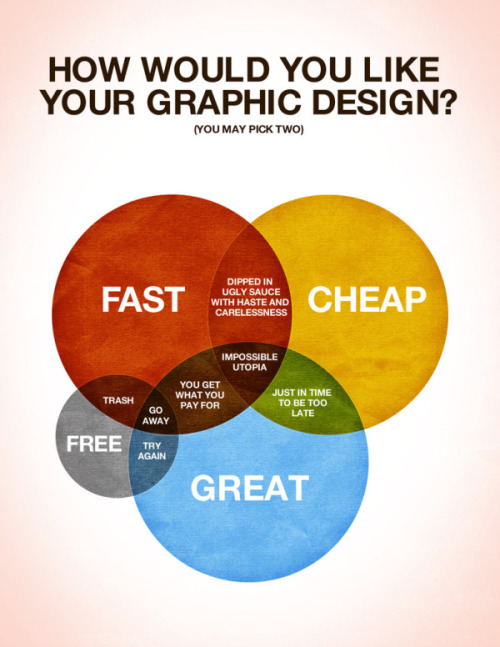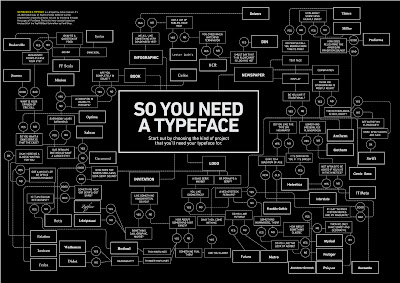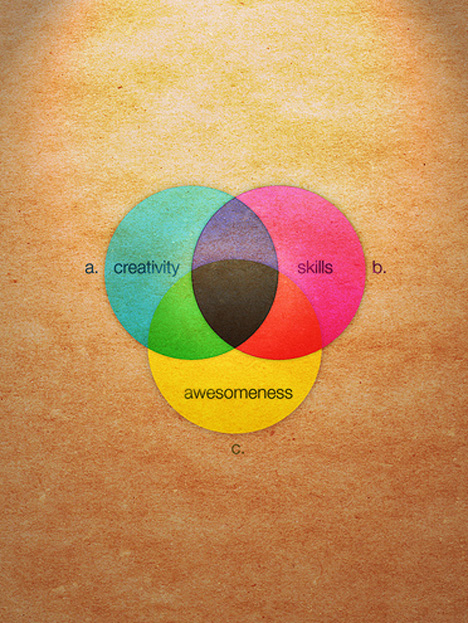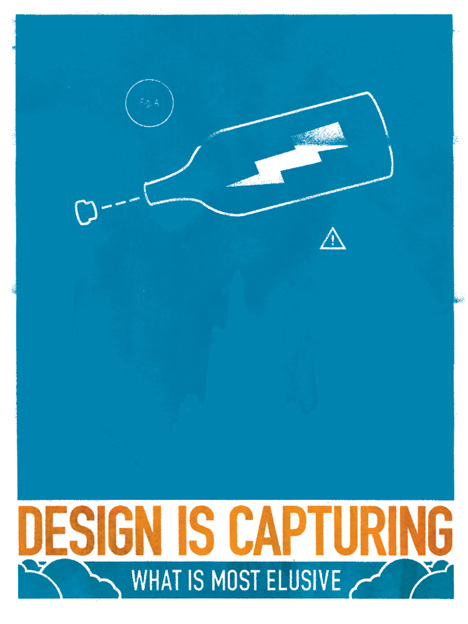Amy and Tim are an almost completely unstereotypical highschool romance. I believe Tim once told Amy he would never be interested in her. Or something. I was at school with them – on the sidelines – watching as this resolve disappeared. There are many areas Amy and I disagree on – these probably trace back to sharing so many subjects in high school, where I was no doubt incredibly annoying, and our different personality types. But she is also very intelligent and a worthy foe (though she takes arguments personally) and has (more often than I care to admit) along with the West Wing dragged me to the left more than anybody else.
Despite getting a letter about how good her writing was in Queensland’s Core Skills Test she studied graphic design and now works for the propaganda machine that is the Queensland Government (in a pretty cool and wildly popular area where the propaganda is deserved). Here are her tips on Graphic Design.
While at night, obviously, I am a secretive caped crime fighter, I still need to eat, so by day I’m a graphic designer. Apparently this sounds impressive but I can tell you that if there is glamour and big bucks I must have missed the memo.Saying that, graphic design allows me to be both creative and paid, which is pretty good for an art college graduate (she jokes, mostly).
Pretty much everything you see around you in modern life has been designed by someone – that book you’re reading, your yoghurt packaging, that brochure you picked up. From day to day I’ll work on flyers, logos, signage, posters – with the occasional illustration job or ‘wrinkle-smoothing’ photo manipulation. And while you might think that my job is pretty shallow, just making things look ‘pretty’, good design is about clear communication. Graphic design, if you will, is the visual equivalent of the speech read with verve and passion, rather than a boring monotone.
Graphic Design makes your message clear and accessible.
Most of you aren’t going to be pulling together books and brochures, but all of you will be pulling together some sort of document that could benefit from a few tips and hints to make your message clearer. So, here’s my design 101 course…
- Restrain yourself…
No, not with ropes. This is what I call the ‘no visual vomit’ rule. It is all about not overloading the viewer with 50,000 messages all at once – keeping it simple.
You know those fantastic fonts you just downloaded from the net? – resist the urge to use all of them in your church newsletter. Pick 2 fonts per document, 3 at most – 1 for all the body copy, and another for your headings (that third one could be for a super special event, or pull-out text that you particularly want to highlight). Resist the urge to fill up all the space available – white space is good, it lets it all breathe and keeps the focus. Don’t go overboard on the colour – we don’t need the Rainbow Express. This approach means your document looks deliberate and consistent, not just a mess of stuff all put together.
- Balance
Think of the page like a see-saw – you don’t want a whole lot of heavy stuff on one side and nothing much on the other. Try and get things to visually balance with each other.
- Avoid the amateur cliche tick-boxes
These are (in no particular order): Comic Sans (just don’t, please) or any of the ‘special’ fonts in word, WordArt, starbursts, rainbow gradients, clip art (I know that this is hard, but with so many sources of good quality free material out there, clip art is a disservice – I have included some links below). If you see it in one of those shouty ads on TV, don’t go there.
- Don’t steal
When I talk about free material above, I am not saying go to google images and just nick off with what you find there. You know… ‘you wouldn’t steal a handbag…’ – well don’t steal someone’s layout or photos or font. Stealing online is still stealing, and I’m pretty sure there is a commandment about that. There are lots of resources online that have ‘free for personal use’ arrangements or creative commons images that you can use with a credit (see below).
- Call in the experts
It can be a little too easy to think that anybody can design something nowadays, but sometimes you really are better off calling in the professionals. Design is a skill, usually the product of years of study and then on-the-job training and involves a huge amount of industry knowledge that will save you time and money. It might seem simpler for your nephew to rig up an awesome logo for you in word, but a designer can show you why you should keep it to two colours, have it ready in different formats, how it would work on different mediums, and how it needs to be set up so it doesn’t print like a big pixelly mess. Otherwise, trust me on this, when you show up at a print shop with that fabulous logo in Word – they are laughing at you behind your back. And then overcharging you.
So there you have it – a crash course in design 101. If you take nothing else away from this I hope at least you agree that Comic Sans should be wiped from the face of the earth. For everyone’s sake.
The End.
Some handy links…
- www.dafont.com (Lots of free fonts – just check the licence agreements for if they are personal or commercial use)
- www.fontsquirrel.com (More free fonts – these are all okay for commercial use)
- www.sxc.hu (online photo resource – you need to sign up but there is a lot of good stuff here. Check the licence agreement before using it and don’t get tricked into clicking through to their paid site which appears at the top of each search result page)
- www.flickr.com/creativecommons (read the rules first, but this gives you a huge resource of great images that you can use, usually just with a credit acknowledgement)













